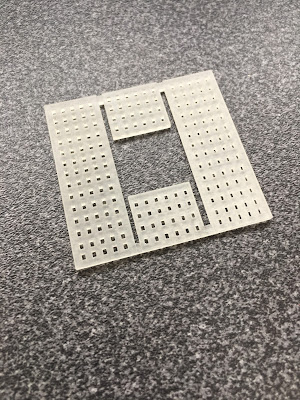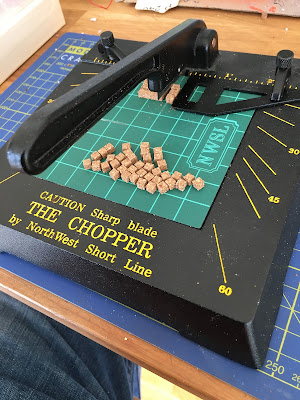The first thing to do was to check that they would fit with the rest of the assembly as intended. To the right in the picture below is a reflector as delivered. To the left is a reflector where I have drilled a hole through it for the electrical wires, attached a 1 millimeter brass tube to the hole and threaded two magnet (enamel) wires through the whole thing.
In front of the left reflector in the picture above is the 2323 (23x23 mm) SMD LED that I will use to light the lamp post. It is the same type of LED as I used to light the telephone booth.




























